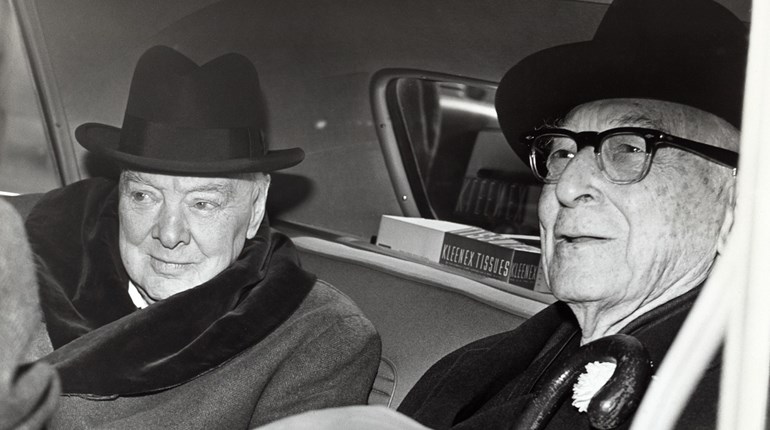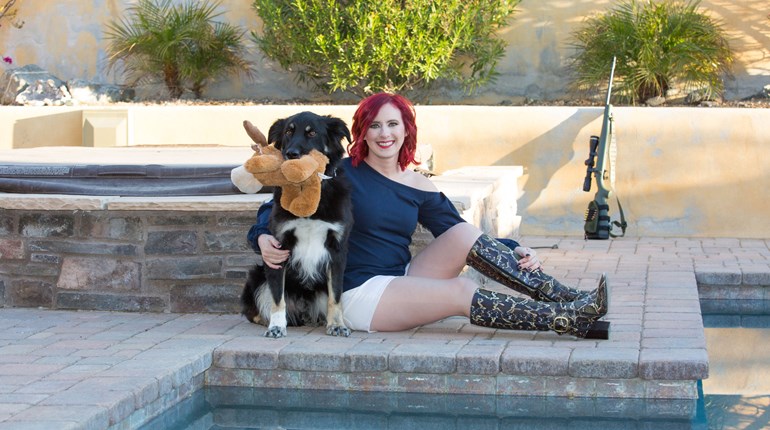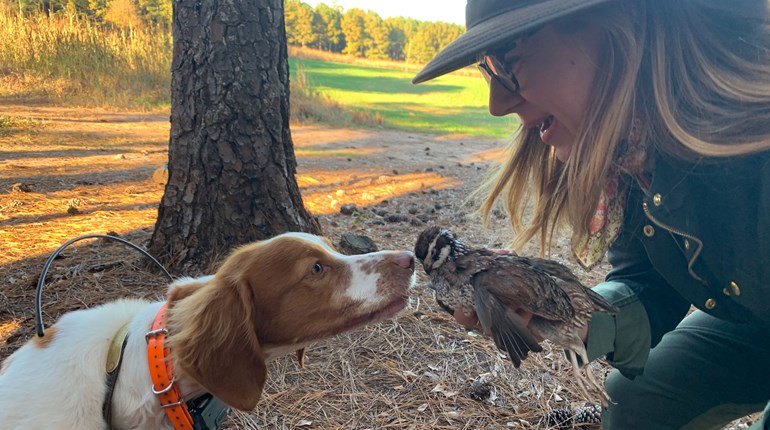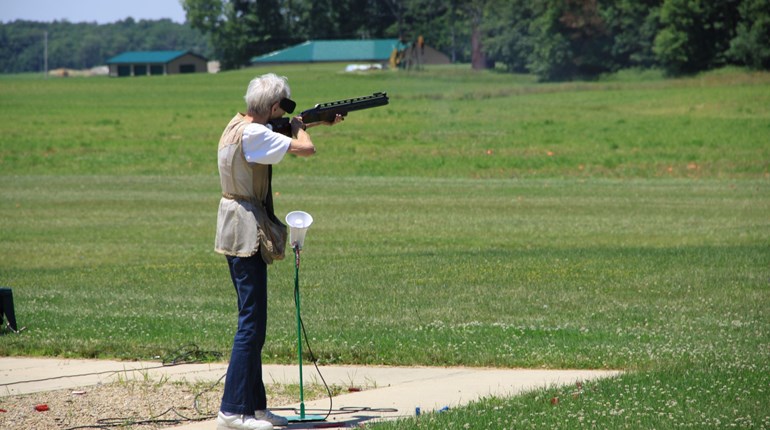
Relatively few frontiersmen of the late 1700s survived being captured by Indians. If you were lucky, a swift tomahawk blow ended your life. If not, a cruel gauntlet run followed by more torture was usually your fate. And if you were infamous enough to be known to the Indians by name, you were a marked man. The Indians’ greatest torture—a slow death by burning at the stake—was reserved for their greatest enemies. Captain Samuel Brady was now one of those condemned men.
It all began on October 12, 1781, a Friday. Brady was leading 40 of his men, known as Brady’s Rangers, on a search-and-spy mission in what one day would become the state of Ohio. Their mission was to scout for Indian sign, then report to pioneer settlements back east if any imminent danger was discovered. If the rangers came across any Indians themselves, Brady was authorized by his superiors to make the decision whether or not to attack.
After two weeks on the trail, the rangers located a large war party—some 60 warriors—camped along Breakneck Creek, a tributary of the Cuyahoga River that feeds Lake Erie. And even though outnumbered, Captain Brady, always aggressive yet at the same time always cautious, chose to attack.
To even the odds his plan was to set an ambush, a technique the Indians themselves often used in frontier warfare. Brady ordered 28 of his men into a narrow valley, hiding half on the hill on one side and half on the hill on the other. He then took his remaining dozen men and, under the cover of darkness, stalked to within 60 yards of the Indian encampment.
At dawn, as the warriors gathered around campfires preparing their breakfast, Brady gave the signal and the 12 hidden rangers fired simultaneously. The surprise was complete, and 10 Indians fell dead or wounded. The rangers then took to their heels, reloading as they ran, heading toward the site of the ambush in the nearby valley. The Indians, seeing that the men attacking them were few, gave chase, shrieking and howling in fury.
Upon arriving in the valley, Captain Brady and his men ran past the other hidden rangers, then upon his signal the dozen stopped, spread out, dropped to one knee, and took aim with their flintlocks back down the trail. “Steady, boys, steady…,” Brady cautioned in a low voice as the Indians quickly approached.
Brady waited until the nearest brave was just 50 yards away before firing. That signaled all the other rangers to fire simultaneously and the hail of bullets from 40 rifles, both down the trail as well as from the surrounding hills, was devastating. Many Indians fell dead or wounded.
Brady had instructed his rangers that, following the ambush, they were to immediately split up, with no more than two men traveling together, and make their way back to a previously established rendezvous point. It’s ironic that during the escape, only one ranger was captured by the Indians: Captain Samuel Brady.
He was crossing a stream alone, waist deep in water, when five Wyandot Indians, a hunting party and not part of the earlier skirmish, stepped out of the woods onto the far bank. Brady knew better than to try and resist, so surrendered. The Wyandots took Brady to the large Indian encampment he and his men had attacked at dawn.
The Indians at the camp were both furious with Brady for orchestrating the successful ambush, and very pleased at his capture. They knew him well from previous battles, and it was quickly decided that he would run a gauntlet the next morning. If he survived, he would then be marched 100 miles west to Upper Sandusky and burned at the stake, where many more Indians could watch his torturous death. But Samuel Brady, captain of Brady’s Rangers, had no intentions of dying.
The next morning, once the two parallel lines of the gauntlet were formed, a warrior approached Brady and motioned for him to remove his clothes. When Brady refused, the Indian reached to rip Brady’s hunting shirt away and Brady hit him squarely between the eyes with his fist, sending the Indian reeling. Brady then darted a few quick steps away, grabbed a blanketed baby away from a woman, and pitched the child into a nearby campfire. The screaming of the baby and the confusion of the crowd trying to rescue it from the flames gave Brady the few seconds needed for a head start.
Running as he had never run before, and with many braves in close pursuit, Brady kept the Cuyahoga River on his right and made for a place he had scouted during previous trips to the area. It was called The Narrows, a place where the deep, turbulent river narrowed to a gap of just 22 feet. Approaching the gap at full speed, Brady never hesitated.
Knowing he had to make the jump or die at the hands of the Indians, he projected himself out and over the river with all his strength, landing on the other side on a small ledge that protruded about five feet below the lip of the rock wall on the opposite bank. His momentum carried him into the wall and he was nearly knocked backward into the river below, but regained his balance and scrambled up the bank. The Indians arrived just as he was entering the woods and one of them fired a rifle, the ball cutting a deep gash in Brady’s right thigh.
Bleeding badly from his leg wound, Brady knew he could now be easily followed on land by his blood trail. But he also knew he had bought a few minutes of time, as none of the Indians tried making the same long leap he had. They had to go either upstream or downstream for some distance to a fording spot before once again picking up his trail.
Keeping his head about him, Brady hobbled toward a nearby lake and saw the trunk of a large, fallen chestnut tree along the shore, angling into the water. By then he could hear the shouts of the Indians approaching once again, and knew the chestnut log was his only chance.
Racing down the log and into the water, he found a rotten opening on its underside. He forced his upper body into the hole as far as he could, slithering in up to his knees, and when he could go no farther his head was thankfully just above water. It’s at that moment the Indians arrived, having easily tracked him to the edge of the lake.
The Indians stayed for over an hour, searching the shoreline and watching for any movement from the lake. At one point a brave even walked down the chestnut log, inspecting it for any sign of blood. Eventually, they convinced themselves that Brady, in keeping with the courage of a brave warrior, had chosen to drown himself rather than let them take his scalp.
The Indians eventually left, and Brady remained hidden in the watery log until dark. He then slowly swam to shore, pulled himself from the water, and began the long, painful walk to the rendezvous point many miles away, rejoining his men.
Today, that same lake is known as Brady Lake and is just outside the city of Kent in northeast Ohio. Historians say that the chestnut log in which Brady hid was still visible as late as 1813, thirty-two years after this incident.
Few frontiersmen ever escaped from the Indians and lived to tell the tale. In so doing, Samuel Brady joined the likes of Daniel Boone and Simon Kenton, Indian captives and legends of that perilous land northwest of the Ohio River known as the Ohio country.







































